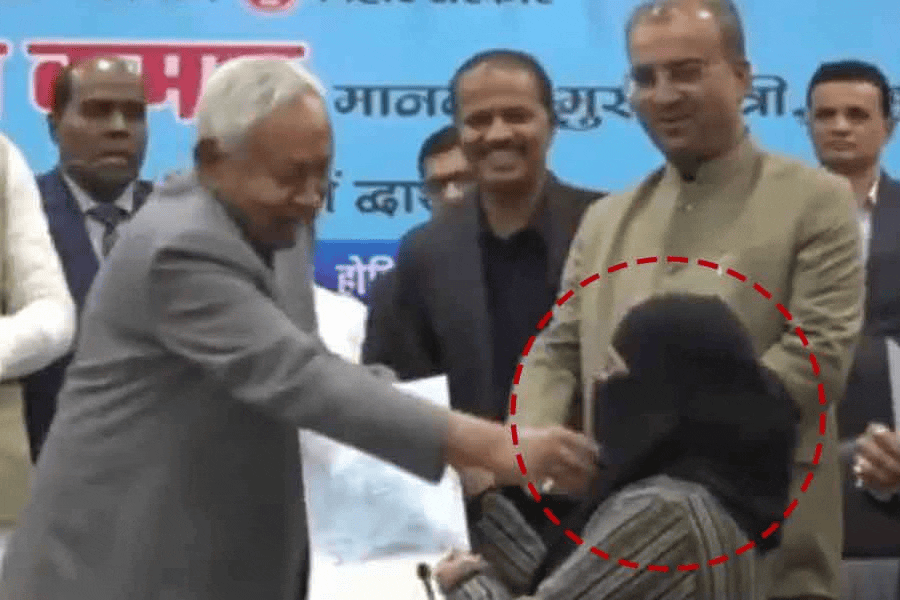 |
New Delhi, Oct. 23: A giant circular depression in the ground, a two-hour drive from Bhuj in Gujarat, might be a site where a large meteorite crashed thousands of years ago in Harappan-era India, scientists have said.
Geologists, who examined fragments of rocks at the site, said their preliminary observations suggest that the shallow depression was caused by a meteorite, although the area does not have typical features of impact craters.
Rock fragments and glassy material at the site appear to be the residues of a meteorite impact, Vadodara-based geologist Vishwanatha Karanth and his colleagues said in a report in Current Science, published by the Indian Academy of Sciences.
The crater, located near a village called Luna, south of the Rann of Kutch, is just a kilometre from the remains of an ancient Harappan-era settlement.
But scientists still have no idea whether the meteorite struck a flourishing Harappan town or the Harappans arrived long after the impact, to build settlements near the lake that had formed in the crater.
The crater appears to lend credence to a reference in the Rig Veda to the fall of charcoals from the sky in a region that some scientists believe was the Rann of Kutch.
The scientists studied dark metallic lumps they found at the site. “These metallic substances appear to be tiny fragments of the meteorite that vapourised as it passed through the atmosphere only to cool down and fall to the ground much later,” Karanth told The Telegraph.
Fragments of glass-like material found in the crater resemble minerals called tektites that are known to be produced when rocks melt from the intense heat at the site of the meteorite impact, he said.
The circular Luna crater has a 1.2-km diameter outer rim girdled by acacia trees and a gentle slope leading to a shallow depression of just four metres that fills up with water during the monsoons and dries up each summer.
However, geologists caution their observations only suggest that an impact had occurred here several thousands of years ago. Conclusive evidence of an impact would require showing the presence of unusual elements expected to be deposited by the meteorite debris either in the metallic fragments or on the ground at the site, Karanth said.
“With our preliminary studies we can’t say with absolute certainty there was an impact or when it might have occurred, but a reference in the Rig Veda suggests an impact in this region about 4,000 years ago,” he said. The geologists have planned chemical analysis of rocks from the Luna crater to study elements embedded within then.
The Lonar crater in Maharashtra and the Ramgarh crater in Rajasthan are India’s best-known sites of meteorite impacts. Most impact craters have a high rim and a deep depression.
The crater in Kutch has a low rim and shallow depression. The sandy sediments in the region may have prevented the formation of typical crater features, Karanth said.
“The tenth book of the Rig Veda has a reference to ‘heavenly charcoal’ falling in a place called Irina,” said Ram Iyengar, an engineer at the Indian Institute of Science in Bangalore, who has tried to detect astronomical events in Sanskrit texts.











